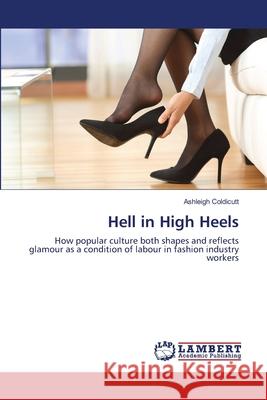Hell in High Heels » książka
Hell in High Heels
ISBN-13: 9786139828456 / Angielski / Miękka / 2018 / 80 str.
In the midst of a number of popular culture representations of glamour in the fashion industry, The Devil Wears Prada stands apart as a film that encapsulates the good, the bad and the ugly. It deals with the lure of a glamorous career, the pressures to conform to workplace norms, and what the impact is on young fashion workers. Similarly, The September Issue presents a 'voyeuristic' perspective of the workings of the American edition of Vogue magazine. As a young fashion worker myself, I was interested in including my own experiences in the industry, and finding out whether these are reflected in the popular culture representations. The purpose of this research is to examine how popular culture both shapes and reflects glamour as a condition of labour in fashion industry workers. The research is carried out through an adaptation of Critical Incident Theory (CIT), using theory developed since its creation by Flanagan (1954), moving forward to more recent ideas of CIT posed by Gremler (2004), among others.











